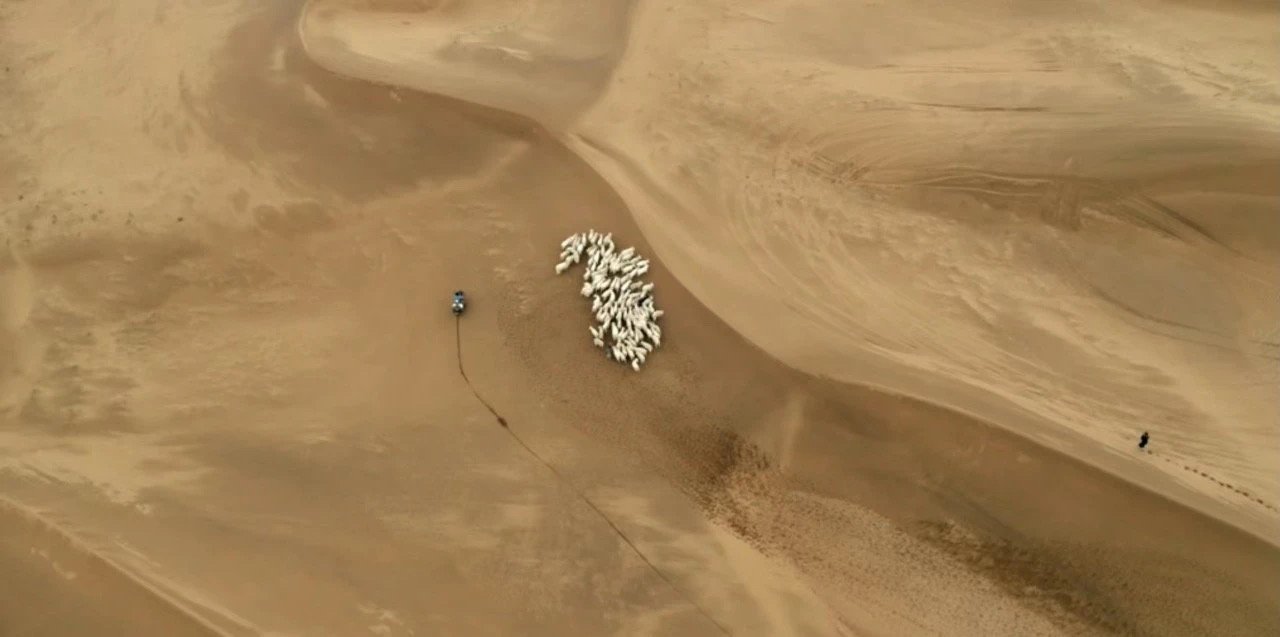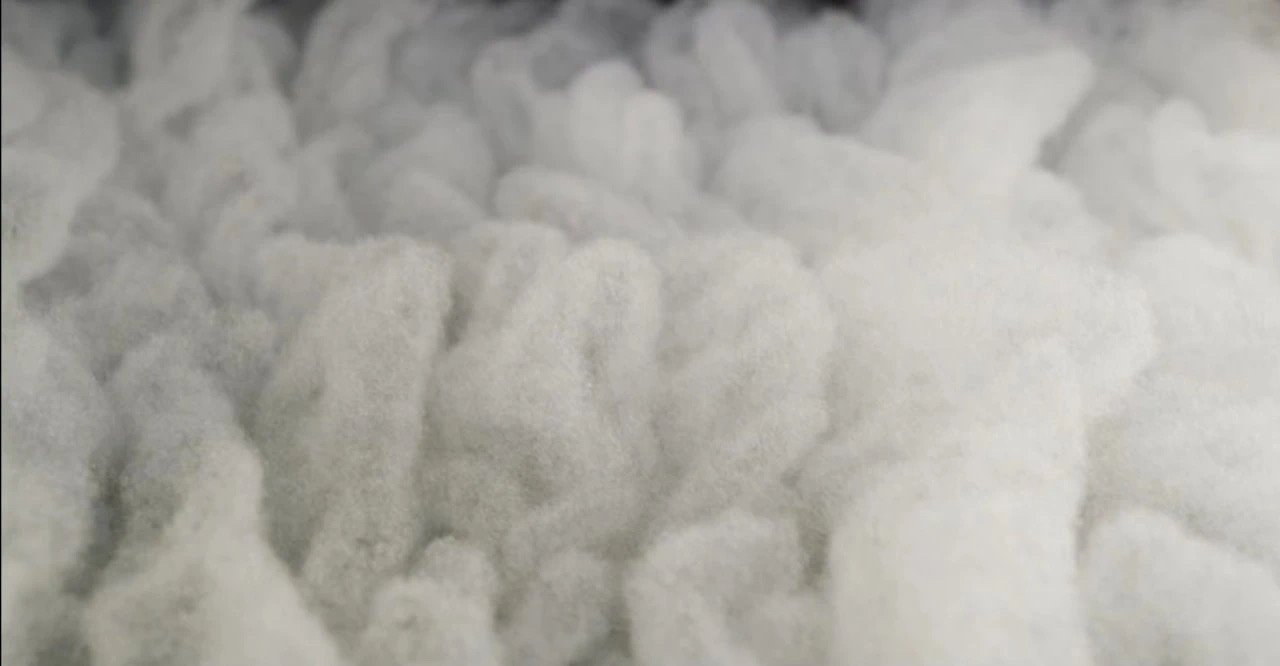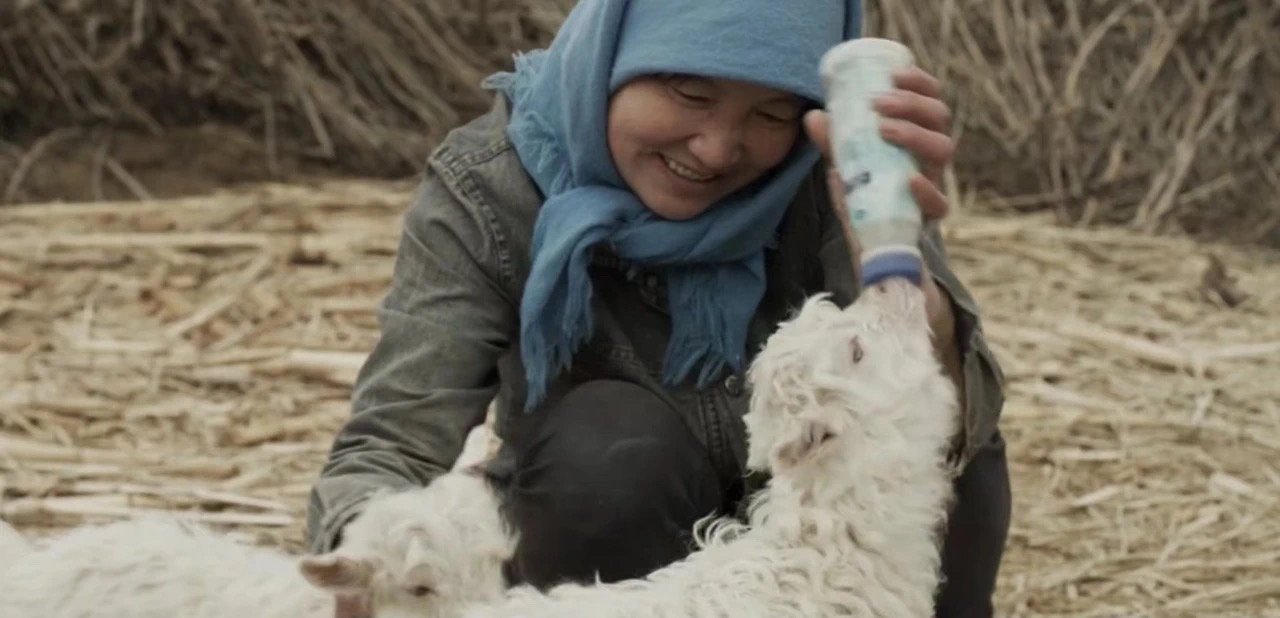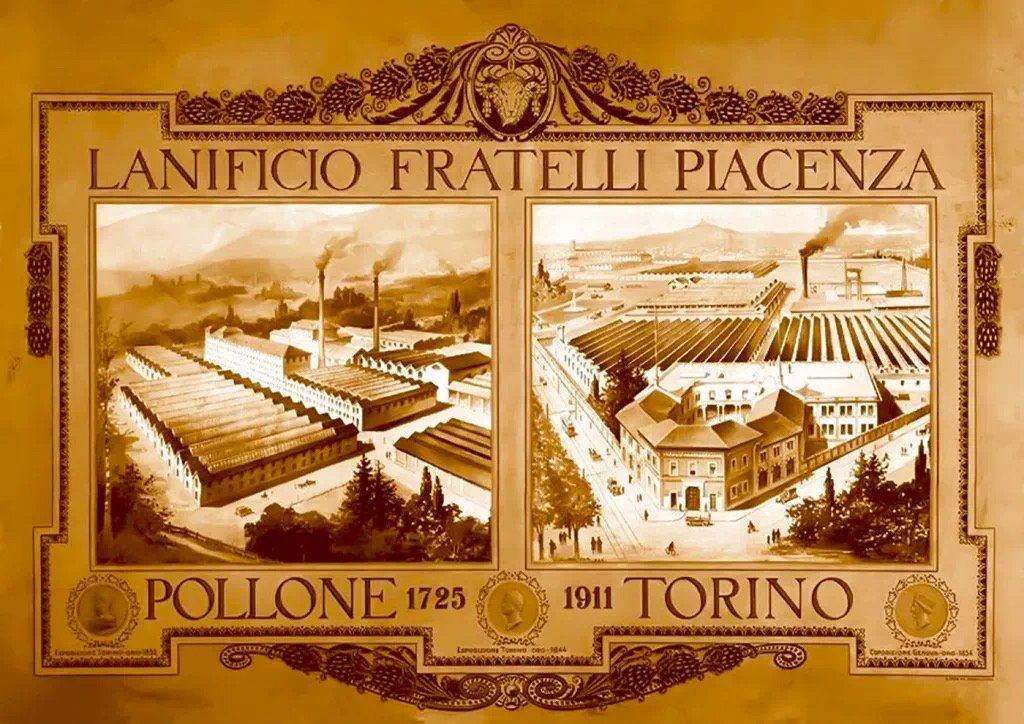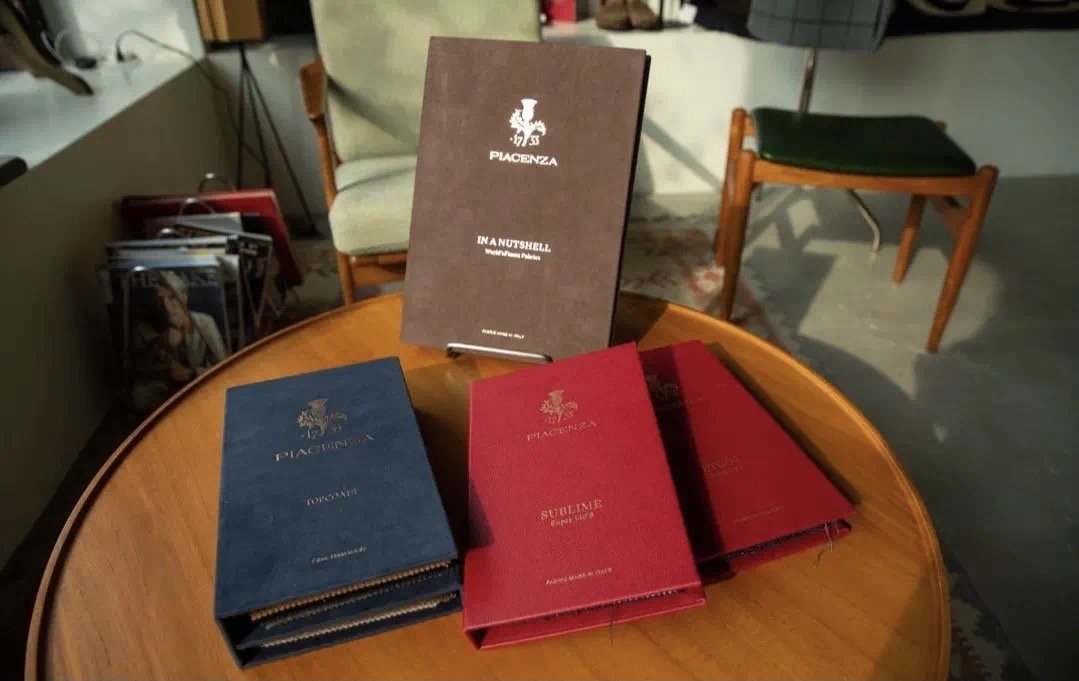The Rarest & Most Luxurious Fibers in the World
Before I bore, or interest you with scientific facts, I’d like to first attempt to explain what ‘luxury’ is to me. A word that has been abused probably since the first industrial revolution. ‘Conspicuous consumption’ is a phrase first coined by Thorstein Veblein whom used it to describe the buying behavior of American’s richest in the gilded age. Buying luxury should definitely not be ‘conspicuous consumption’. While whether or not China is at its gilded age is not the subject of this article, what is certain across all ages and cultures is that true luxury is never conspicuous. But what is it then? If it can’t be seen by the obvious eyes like a big-pink-Bentley that shouts to everyone in sight “I finally made it! Maybe with a bitta help from my sugar daddy.” Nothing wrong with a big-pink-Bentley, I quite like pink, and I quite like Bentley, but one must admit there is something lacking.
First, true luxury is something brings pleasure. A pleasure only involves you and the item, of course this is not to say dildos are luxury items, but rather it means whether it’s a pleasure of smell, or a pleasure of touch, it needs no one’s approval, whereas a “status symbol” type of luxury might on the surface commands more respect, but brings little pleasure, and even the respect it receives is entirely subject to the general publics’ “approval”.
And more than private indulgence, luxury brings inspiration. True luxury is not a dead thing sitting there, it’s a living experience that long last. It stimulates the senses, even when it can not be an immediate inspiration, it accumulates the possibility for one to be inspired. An aware musician could be inspired by an intrigue pattern on a textile, just as a talented physicist might come up with an elegant theory in a moment of touch. And who knows if Dalí got his juice from a beautiful wall clock hanging at his home or his Scabal suits.
“True Luxury is something that brings pleasure. A pleasure that only involves you and the item.”
To make this experience even better, it’s essential to know how your luxuries were made, where do they come from. I can not tell you how a Patek Philippe was built, however, I can explain to a great extent, how a spectacular Loro Piana cashmere overcoat came about. So please allow me to introduce and welcome you into the world of the rarest and most luxurious fibers.
Mother nature has a great sense of humor and justice. It only offers its finest produces in the harshest environments. And humanity just has to work hard with devotion to receive them. This is the exact case with the venerated “king of fabrics”, vicuña. “The fleece of god” is what Incan royalties used to call it. People often confuses vicuña with alpaca, llama, or guanaco. All of them actually belong to the llama genus. Vicuña is the smallest both in terms of physical size and population.
Living in the highest elevation of the alpine Andes, guanaco also lives in the same region albeit a lower altitude. The hair of vicuña is more delicate and gracile than any other member from the family, measuring at a mere 12 micron count, is in fact the finest fleece of all large mammals one can legally acquire (Shahtoosh has a even finer coat measuring as thin as a hideous 9 micron, but it’s simply illegal to obtain. If you’re too curious about why it is illegal, I kindly recommend you the film “Mountain Patrol” made by Lu Chuan). Vicuña are impossible to domesticate till this day. They were heavily hunted for their gold-worthy fleece, and the population free-fell to just 6,000 by 1974[1]. Fortunately, the animal has recovered steadily over the past decades under various protection programs. Thence only a handful of worthy suppliers can lay their hands on this otherworldly material. Vicuña can only be shorn every two years. Today, this process is done in the most traditional way. Villages of indigenous people will unite together during the shearing season, and shepherd the herds into an area where the animals will be shorn together, and then released back to nature with uttermost care. An adult vicuña produces around 100 to 200 grams of usable hair every two years, in comparison with an alpaca which produces around 4kg of hair annually, or an Australian sheep, which can produce up to 18kg of wool a year. Another interesting characteristic of vicuña hair, and other llama hair, is that their hair don’t produce lanolin as wool does, which make them super hypo allergic, causing no irritation even when it’s directly in contact with the skin for a long time.
Karakul wool is another forgotten star in the universe of rare fibers. Because of the limit of its size, it is normally only used for hats or trimmings. Though occasionally at some expensive gatherings, you might spot one or two “conspicuous” person walk in with a full karakul coat. Nevertheless, its unique coiled texture adds a memorable accent to any man who wears it. Unfortunately, to obtain this unique texture, a karakul lamb under three day old must be sacrificed, thence the less pleasant alias ‘fetus wool’ come along. The harvesting of both chinchilla and karakul involves some degree of animal cruelty, I’m not a man with excessive sensitivity, but with a bit of love and compassion left deep inside of me, I still highly recommend people only seeking out these materials from vintage resources.
Then there is a chinchilla. A small, cute rodent who happens to live not too far from vicuña. Chinchilla pelts are famous for their legendary softness and volume. These qualities are achieved by a whopping sprout of 60 hairs per follicle, compare to only 1 to 3 hairs in a human follicle. The difference is like putting a bouquet of full-bloom next to a single, sad rose.
Karakul Wool
Camel hair is another great gift from nature. At 18 micron, it is less refined as vicuña and the best cashmeres, but it still offers a better heat insulation than any wool can. Depend on how it is processed, camel hair also tend to come with a natural “cascading” effect, which can be very pretty and add personality to the cloths.
And finally, the all too familiar cashmere that we all think we know. It’s easy to find cashmere products nowadays, some of them are even quite cheap. But the best of this noble fiber, the “real stuff” can only be found in the merciless Gobi land of Inner Mongolia. Only in here, will these flocks of ‘capra hircus’ produce the finest duvet than any other goats on earth. Companies like Loro Piana and Piacenza, whom have worked in these regions for years, with Loro Piana focused in the Erdos, and Piacenza Alashan, have established personal relationships with local people, and have the privilege of the first hand selection for the finest bales.
Just like a nice restaurant needs a top chef as much as top ingredients, these extraordinary fleeces require equally extraordinary companies with long-established expertise and passion to turn them into wearable things.
Loro piana is generally considered the best cashmere producer in the world. The Loro Piana family was already in the wool business by early 1800. It was purchased by the LVMH group in 2013, but the family still holds 15% share of the company till this day[2].
Though less well-known than Loro Piana, Piacenza actually has a even longer history. Established since 1733 in Pollone, northern Italy, it’s still operated and owned by the same family, namely 13th generation. I’ve heard from a reliable source that Piacenza is also the exclusive supplier of rare fibers for Hermès. Piacenza is also a member company of the Hénokien Society (Hénokien Society is an organization that includes all of the privately owned companies in the world with over 200 years of history, and still in good health).
The brand Colombo might hold slightly less prestige in comparison with aforementioned two, but it is also a long established Italian company that specializes in rare fibers. It’s reputably the largest cashmere producer in the world.
Scabal and Johnstons of Elgin are two companies outside of Italy that produces cashmere and other rarities that I personally like. With Scabal being “Anglo-Belgo-ish” refined, making things particularly ready for business attires, while Johnstons likes to blend soft-touching materials with traditional British outdoor patterns that used to be made solely in tweed.
All of these companies have access to the finest raw materials. They have the best machines and most advanced weaving technologies, but still keep pain-staking but works the best traditional procedures like using dried thistle flower for raising. Experts working in these companies mostly have worked in the same trade for all their lives, making these companies institutions of knowledge and practices. As far as I believe, they also more likely to work under more strict ethical regulations[3], so that nice coat you wear can be truly gilt-free.
So here we are, at the end of this small article, I hope some questions have been answered, even better, some fascinations fulfilled, more curiosities arisen. In this increasingly loud world, inspiration is priceless, refinement is rare, and for those who are lucky(by lucky, I mean intellectual and persevering) enough, these subtle gifts from mother nature might just be the loveliest luxuries one can own.
Written by Jamen
Reference
[1] IUCN Red List of Threatened Species, 2018
[2] La Stampa Aug.24 2018
[3] Arsutoria Magazine art. Jul.21 2021
*All of the brands mentioned above can be found at PRINCIPLE M shop, along with some selected vintage fabrics, in a very limited stock.







